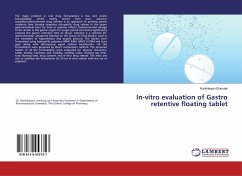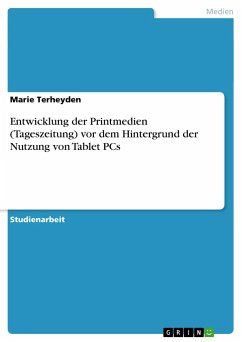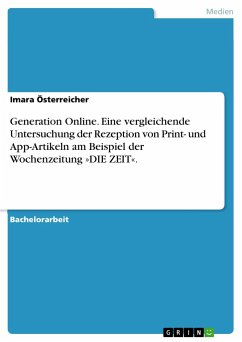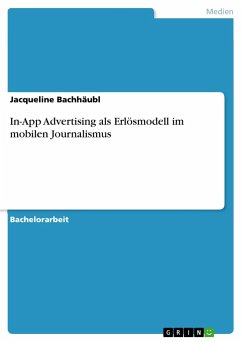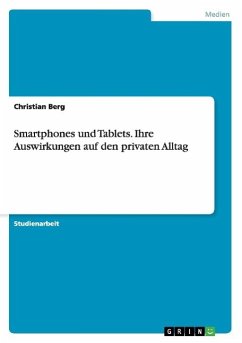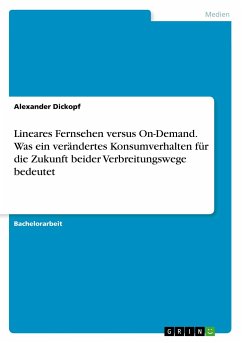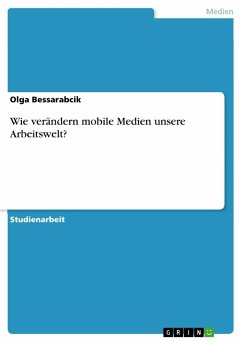The major problem in oral drug formulations is low and erratic bioavailability, which mainly results from poor aqueous solubility.Gastroretentive drug delivery is an approach to prolong gastric residence time thereby targeting site-specific drug release in the upper gastrointestinal tract for local or systemic effects. Gastroretentive dosage forms remain in the gastric region for longer period and hence significantly prolong the gastric retention time of drugs. Atenolol is a selective beta1-adrenoreceptor antagonist belongs to the group of beta-blocker used in the treatment of hypertension and angina pectoris. The tablets were formulated using hydrophilic polymers HPMC K4M, HPMC K100M and Guar gum along with effervescing agent sodium bicarbonate. All the formulations were prepared by direct compression method. The prepared tablets of all the formulations were evaluated for physical characters, tablet density, hardness and friability, swelling index, floating lag time, total floating time, drug content and in-vitro drug release. The main aim was to optimize the formulation for 24 hrs in-vitro release with the use of polymers.
Bitte wählen Sie Ihr Anliegen aus.
Rechnungen
Retourenschein anfordern
Bestellstatus
Storno

